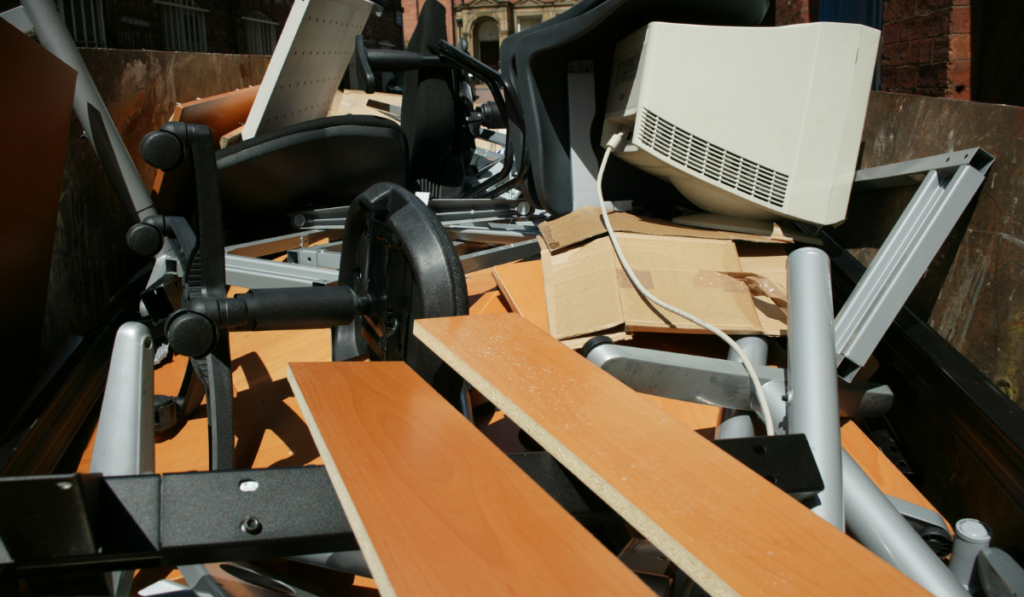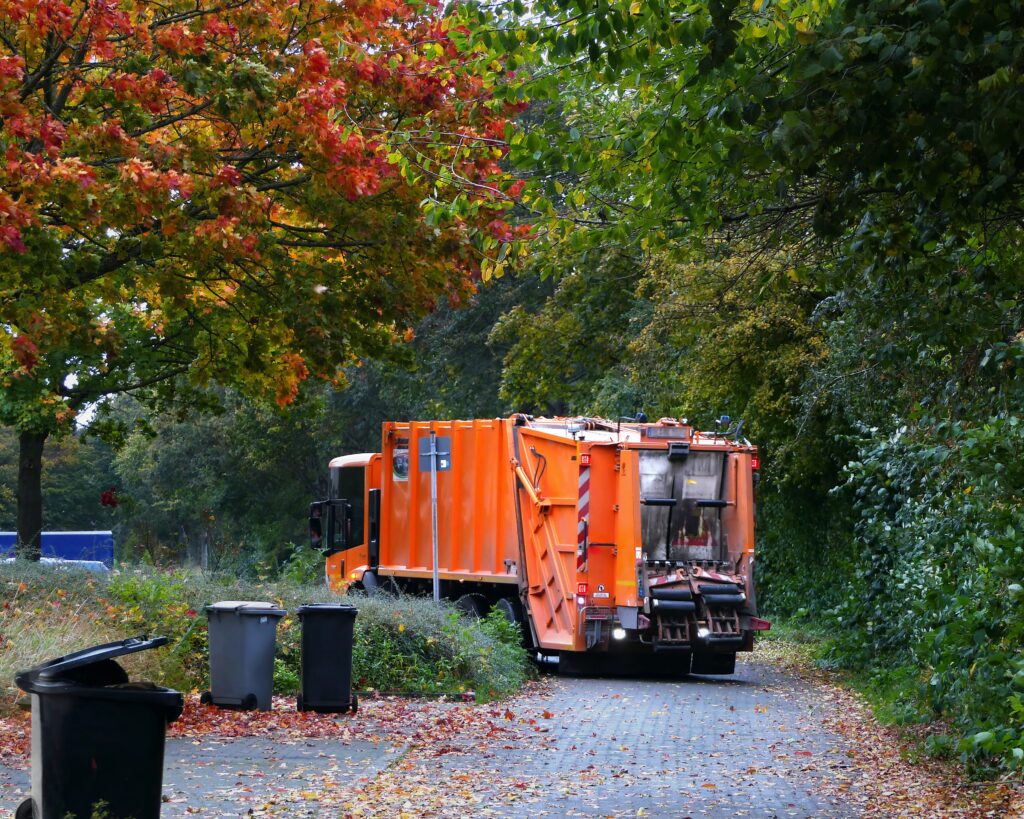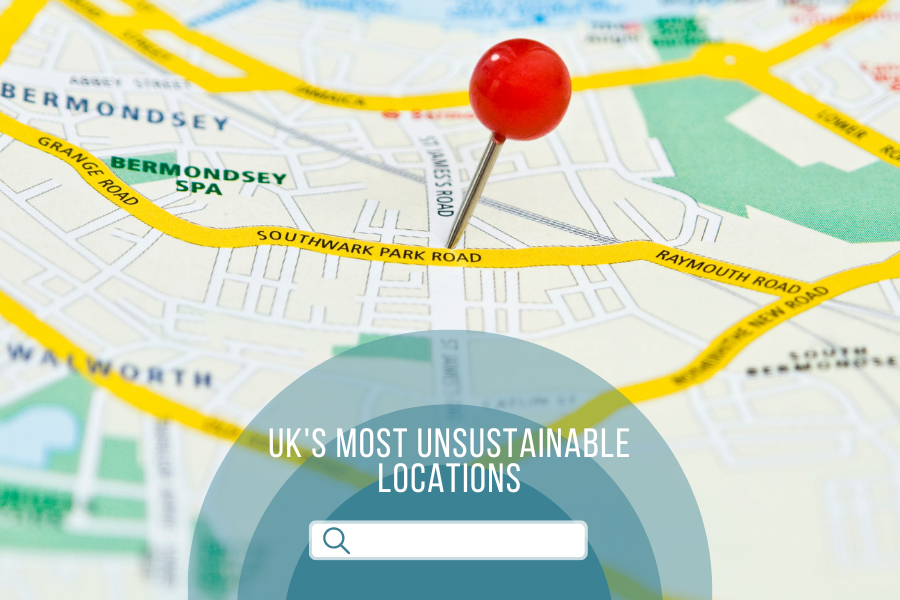
What is carbon offsetting?
The term ‘carbon offsetting’ is something you hear a lot of these days – at work and in the news. It’s part of the whole drive to net zero, but what does it actually mean?
Carbon offsetting is a mechanism to compensate for your CO2 emissions by contributing financially towards a separate project that reduces CO2, including the development of clean energy sources, or carbon absorption through tree planting, for example.
Why is carbon offsetting needed?
The fact is, no matter how hard we try, with the technologies that currently exist, it’s virtually impossible to completely eliminate harmful greenhouse gas emissions that are generated through transport, industry, agriculture and landfill.
While there’s a lot of innovation happening at the moment to drive emissions right down, the development and implementation of such technology take time. If we want to make a real difference starting right now, offsetting is needed to work in tandem with a reduction to neutralise the residual emissions.
What is a Gold Standard certified carbon offsetting project?
In order to ensure you’re donating to verified projects that you can trust to deliver carbon savings, projects are recognised as ‘Gold Standard’ if they meet certain quality assurance criteria.
Gold Standard offsetting projects are quantifiable and are monitored to ensure your funding is contributing a particular volume of carbon saving, so you can be sure you’re meeting your targets and have peace of mind that you’re really making a difference.
Gold Standard projects are recognised by PAS 2060, meaning all your residual emissions and any additional donations you choose to make to such projects, will guarantee compliance, unlike some uncertified providers.
What sort of projects make up Gold Standard carbon offsetting projects?
Gold Standard projects work hard to create meaningful benefits, in addition to balancing out your residual emissions. Many of them support sustainable development more generally, often contributing to health and social benefits as well as enhanced environmental outcomes.
Gold Standard projects generally fall into four main categories:
1) Renewable energy
By contributing to wind, solar or biogas projects, across the world, clean energy is being generated without the need for fossil fuels to be burned, and without yielding the emissions that would otherwise be released into the Earth’s atmosphere.
2) Natural carbon absorption
Many Gold Standard offsetting projects support tree planting, wetland creation or reforestation projects, which increase the volume of CO2 naturally absorbed by plants and help achieve net zero. These kinds of projects have multiple additional benefits, for habitat creation and biodiversity, as well as improving people’s quality of life through recreation and wellbeing.
3) Innovation to minimise emissions
By addressing big societal problems in new ways, we can often reduce CO2 emissions significantly – as well as helping people to live longer, healthier lives. Some of the most interesting offsetting projects roll out simple green technologies such as ceramic water filters to developing countries, to avoid the need to boil water to make it safe – at the same time eliminating the CO2 released through fires previously used.
4) Gas capture
Some projects focus on the evolving technologies surrounding direct air capture from industries with substantial greenhouse gas emissions, including methane from livestock and mines (including disused mines) as well as landfill gas capture, to mitigate against the effects of waste decomposition.





About The Author: Alextrenbath
More posts by alextrenbath